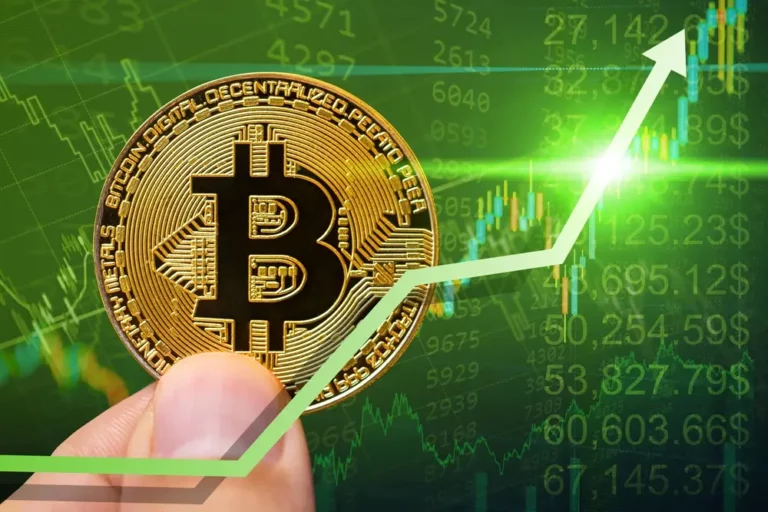What Is Cryptocurrency Market Cap: Working, Price & Size
The total value of all the cryptocurrencies on the market is called the “market cap” for short. Since cryptocurrencies are usually volatile, the market cap is also very volatile and often changes significantly. This guide will talk about What Is Cryptocurrency Market Cap and what investors can learn from them about how the market works.
Cryptocurrency market cap
What Is Cryptocurrency Market Cap? its nothing more than the total value of a cryptocurrency, which is short for market capitalization. It is worked out by multiplying the current price of the cryptocurrency by the number of coins that are currently in circulation.
For example, a cryptocurrency costs $100 and has a total of 1,000,000 coins in circulation. So, its market capitalization is $100 million. Since market caps are based on the prices of cryptocurrencies, they change constantly.
What does the size of the cryptocurrency market tell investors?
Investors can see What Is Cryptocurrency Market Cap and how the market is moving by looking at the total market cap. A rising market cap is a sign of a bull market when most people feel good about crypto, and more investors buy it or add to their existing positions. When the market cap goes down, this is called a bear market, and investors are more likely to do nothing or sell their crypto.
Market capitalizations for individual cryptocurrencies are also valuable tools that can help investors figure out how big and stable those projects are. To compare the value of different cryptocurrencies, you should look at their market caps, not their prices. Most of the time, cryptocurrencies with oversized market caps are more stable.

What Is Cryptocurrency Market Cap & How to Explain It
No matter how a cryptocurrency’s supply is divided, the market cap is always calculated similarly. Add the price of each token to the number of coins in circulation. In the case of Bitcoin, this would look like this:
- Bitcoin (BTC) cost of $21,661 x circulatory supply of 19.102 million = approximately $414.2 billion
There are different ways to figure out the supply of each crypto asset. On average, 900 new bitcoins are mined every day until there are 21 million. So, two things cause the market cap to change every day:
- Supply change
- Buy or sell pressures
Burning is another thing that can happen to cryptocurrencies like Bitcoin that don’t have a fixed supply. For example, Ethereum (ETH) puts out about 6,400 ETH daily. The Ethereum fee-burning mechanism, added by the EIP-1559 proposal, works against this.
When you burn a token, you send the coins to a dead wallet, which takes them out of circulation. This kind of wallet doesn’t have a private key, so you can’t get the coins back. Since January, there have been 2,558,300 ETH burned. So, we can add another factor that affects market cap to the mix:
- Supply change + token burning mechanic
- Buy or sell pressures
Lastly, some cryptocurrencies are made by companies and have a schedule for when they can be unlocked. For example, when Yuga Labs released ApeCoin (APE), there were 1 billion tokens available. At the start on May 17, 2022, only 30.25 percent of the tokens were circulated. This was done to make the tickets scarce and keep their value.
Yuga Labs will give out tickets in a set number over the next two years. Because 30% were given access at launch, there are now 306.8 million ApeCoins in circulation. Each coin is worth $6.13, giving ApeCoin a market cap of $1.88 billion (August 2022). ApeCoin doesn’t have a way to burn tokens, so its market capitalization will be based on its usefulness.
- Changes in supply depend on the unlock schedule.
- Buy or sell pressures depend primarily on how helpful APE is for Yuga Labs projects like the Otherdeed metaverse platform.
Now that we know what factors affect the market capitalization of digital assets, the question is: what else can market capitalizations tell us?
Using Market Capitalization to Invest
In trade, it’s essential to know how market value works. With stocks, market capitalization shows how much a company is worth. Shares of private companies can be given to shareholders, but they don’t trade on public exchanges or come out through IPOs. Investors can tell if a stock is expensive, cheap, overvalued, or undervalued by looking at its market capitalization and other metrics like the price-to-earnings ratio.
Other Market Capitilization measures include:
- Flows of cash
- The amount of debt that can be paid back
- The track record of management
- What kind of product is it
- The landscape of competition for the same type of product
Crypto Market Capitalizations Price Volatility
Bitcoin is almost the only cryptocurrency that doesn’t have a founder, group, or business tied to it. Even though Satoshi Nakamoto made it, no one knows who they are. This means more data points to look at with other crypto assets. For instance, co-creator of Ethereum Vitalik Buterin says he is analyzed as if he were the founder and CEO of a Fortune 500 company.
The same goes for Charles Hoskinson, who made Cardano and helped start Ethereum. Like stocks that don’t trade much, altcoins worth less than $3B are more volatile and have more giant market cap swings. Cryptocurrencies worth more than $10 billion tend to have high trading volumes, but their market values can change slightly.
Conclusion
When investors look at digital assets, the market cap is often the first thing they look at after the price of the tokens. It’s easy to understand What Is Cryptocurrency Market Cap and why: it’s the best way to see how investors judge a project’s chances of success.
You could say this is a form of crowdsourcing because many investors have looked at the project and decided to get involved. But it’s important to know that the crypto market cap is just one way to look at a project’s chances. It does show some legitimacy, but it’s not the only one.







